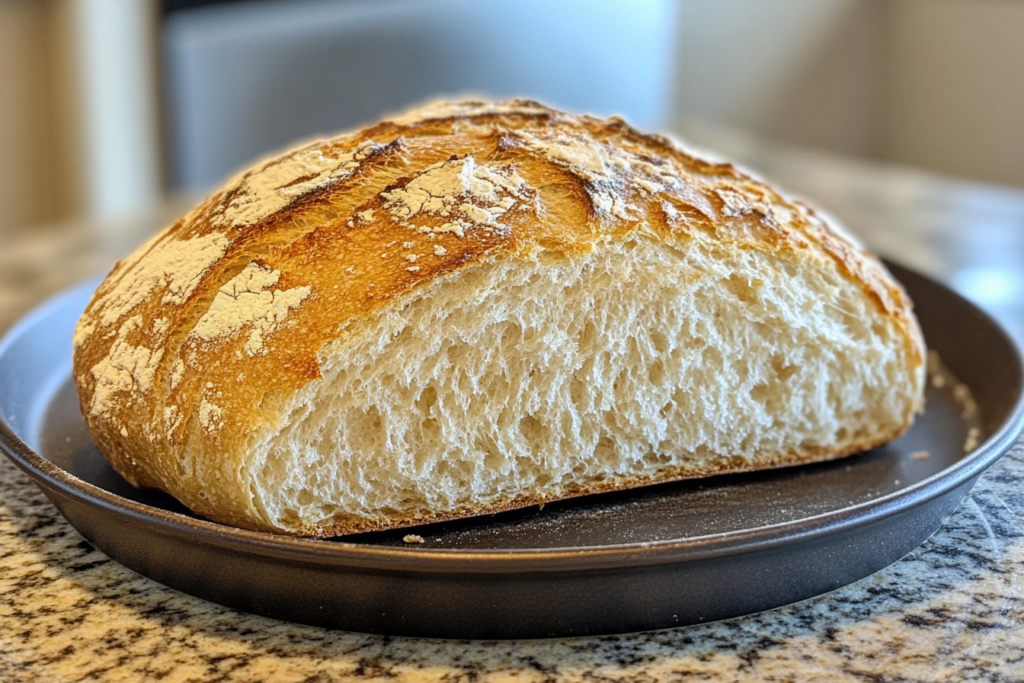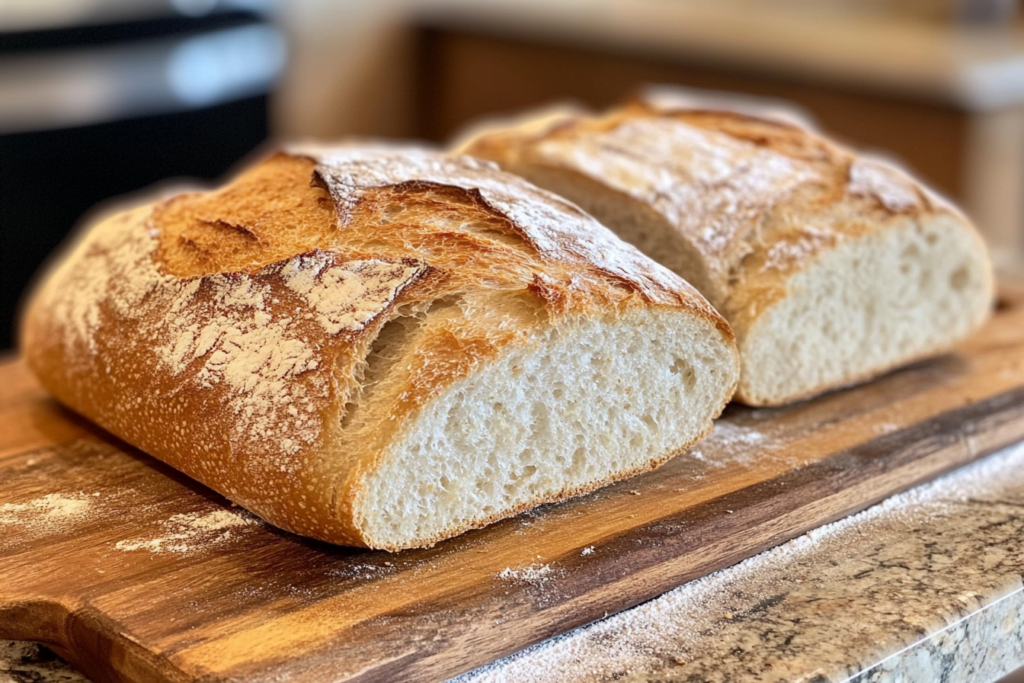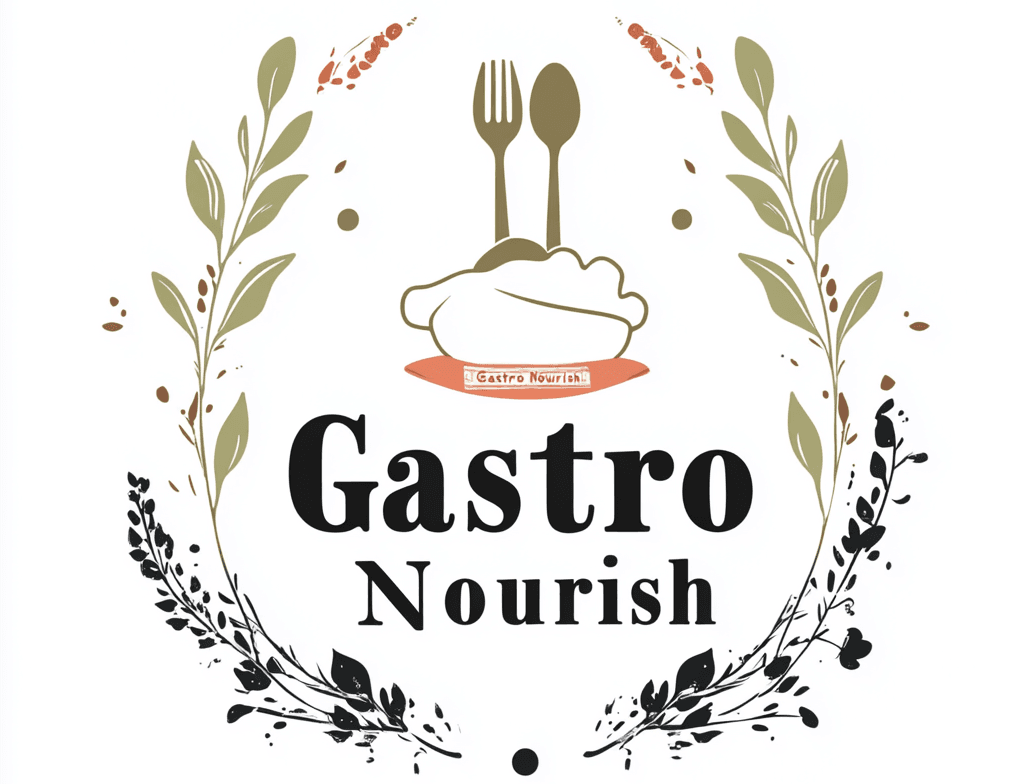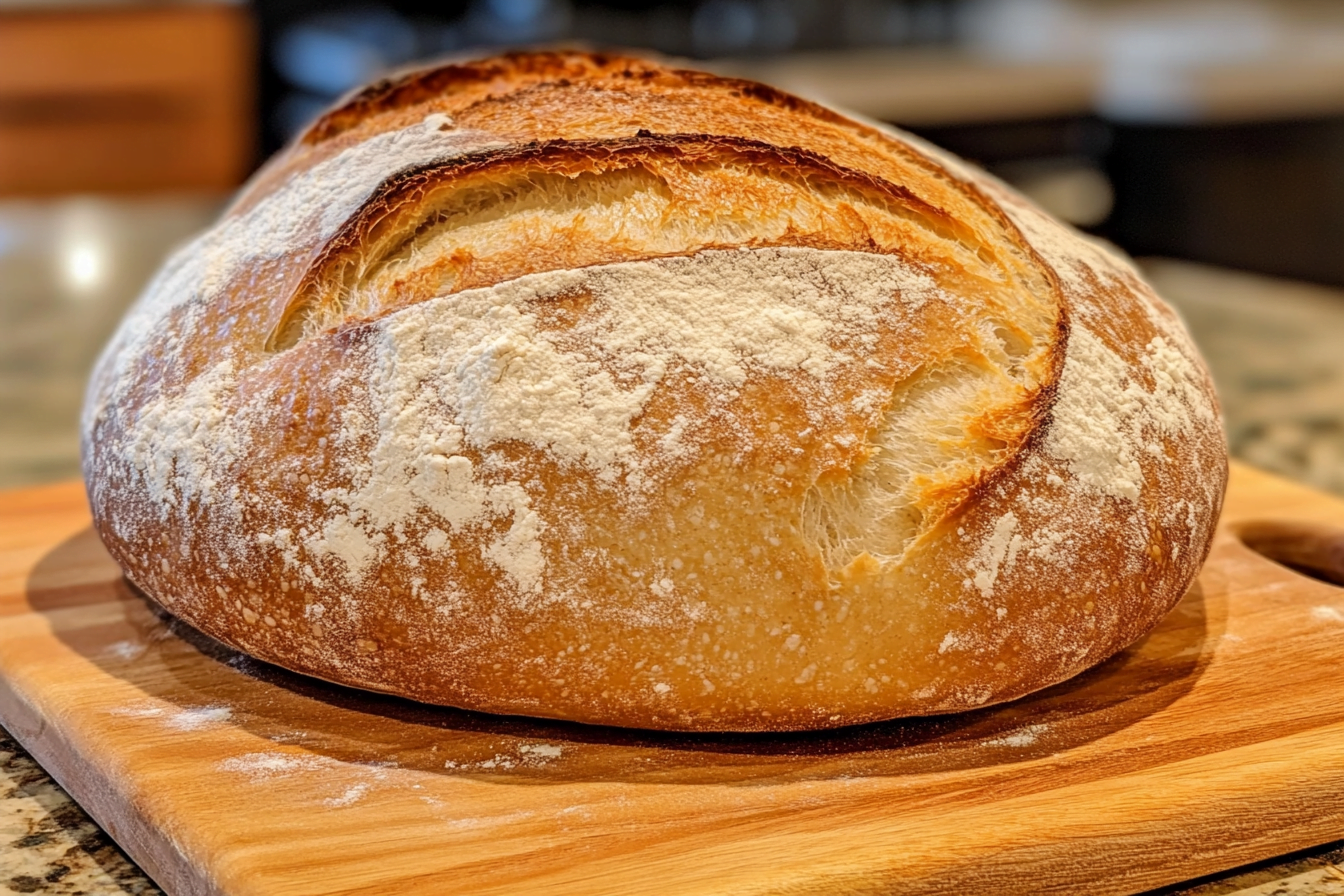
Bread flour is a staple in many kitchens, yet its unique properties and uses often go unnoticed. This article delves into the world of bread flour, exploring its characteristics, benefits, and how it differs from other types of flour. We’ll also cover tips for using this type of flour in baking, answer common questions, and share personal experiences to provide a comprehensive guide. Whether you’re a seasoned baker or a curious beginner, this article will equip you with the knowledge to make the most of this type of flour in your culinary adventures.
Understanding Bread Flour
What is Bread Flour?
Bread flour is a type of flour specifically milled for baking bread. It has a higher protein content compared to all-purpose flour, usually ranging from 12% to 14%. This higher protein level is crucial because it contributes to the development of gluten, which gives bread its chewy texture and structure. When you knead dough made with this type of flour, the gluten network becomes stronger, allowing the dough to rise well and hold its shape.
Characteristics of Bread Flour
Bread flour is known for its coarse texture and off-white color. It absorbs more water than other flours, which is why it’s perfect for recipes that require a strong dough structure. The high protein content not only aids in gluten development but also enhances the bread’s flavor and crust. When baked, bread flour produces a loaf with a crisp crust and a soft, airy crumb.
How Bread Flour is Made
The production of bread flour involves milling hard wheat varieties, which are rich in protein. The wheat is cleaned, tempered, and then ground into flour. During this process, the bran and germ are often removed to produce a finer flour. Some bread flours are enriched with vitamins and minerals to replace those lost during milling. This meticulous process ensures that bread flour has the right balance of nutrients and baking properties.
Differences Between Bread Flour and Other Flours
Bread flour stands out from other flours due to its high protein content. In contrast, all-purpose flour has a protein content of about 10% to 12%, making it more versatile but less ideal for bread. Cake flour, with its low protein content of around 7% to 9%, is perfect for tender cakes but unsuitable for bread. Whole wheat flour, on the other hand, includes the bran and germ, providing more fiber and nutrients but resulting in a denser loaf. Understanding these differences helps bakers choose the right flour for their recipes, ensuring the best possible results.
By grasping the basics of bread flour, you can elevate your baking skills and create delicious, homemade bread with ease. In the next section, we’ll explore the benefits of using flour and how it can enhance your baking experience.
Types of Bread Flour

When it comes to bread flour, the variety can be quite overwhelming. Each type has its own unique characteristics, making it suitable for different baking needs. Let’s dive into the most common types of varieties and what makes each one special.
All-Purpose Flour
All-purpose flour is the jack-of-all-trades in the baking world. It’s versatile and can be used for a wide range of baked goods, from cookies to bread. However, it has a lower protein content compared to other type of flour, which might not give you the same chewy texture in your bread.
Whole Wheat Flour
Whole wheat flour is made from the entire wheat kernel, which gives it a higher fiber content and a nuttier flavor. It’s a healthier option but can result in denser bread. Mixing it with all-purpose flour can help achieve a lighter texture while still reaping the health benefits.
White Bread Flour
White bread flour is specifically milled for bread making. It has a higher protein content, usually around 12-14%, which helps create that perfect chewy texture and good rise. It’s ideal for making classic white bread and other yeast-based recipes.
Rye Flour
Rye flour is a bit of an outlier in the bread flour family. It has a distinct flavor and is often used in combination with other flours to make rye bread. It contains less gluten, which can result in a denser loaf, but its unique taste is worth the trade-off.
Specialty Flours
There are also specialty varieties like spelt, einkorn, and kamut, which are ancient grains gaining popularity. These flours offer unique flavors and nutritional profiles, but they can be tricky to work with due to their varying gluten content.
Incorporating different types of flour into your baking can open up a world of possibilities. Whether you’re aiming for a hearty whole wheat loaf or a light and airy white bread, understanding the nuances of each flour type is key to achieving the perfect bake.
Nutritional Benefits of Bread Flour

Bread flour isn’t just about creating delicious loaves; it’s also packed with nutritional benefits that can contribute to a balanced diet. Let’s explore what makes bread flour a valuable addition to your pantry.
Protein Content
One of the standout features of bread flour is its high protein content. This is crucial for developing gluten, which gives bread its structure and chewiness. But beyond baking, protein is essential for muscle repair and growth, making bread flour a good source of this vital nutrient.
Fiber and Whole Grains
When you opt for whole wheat or other whole grain flours, you’re also getting a healthy dose of fiber. Fiber is important for digestive health, helping to keep things moving smoothly. It can also aid in maintaining a healthy weight by keeping you feeling full longer.
Vitamins and Minerals
Bread flour, especially whole grain varieties, is rich in essential vitamins and minerals. These include B vitamins like niacin and thiamine, which are important for energy production, and minerals like iron and magnesium, which support various bodily functions.
Low in Fat
Most bread flours are naturally low in fat, making them a heart-healthy choice. This can be particularly beneficial if you’re watching your fat intake but still want to enjoy homemade bread.
Incorporating bread flour into your diet can be a tasty way to boost your intake of important nutrients. Whether you’re making a simple loaf or experimenting with different grains, the nutritional benefits of bread flour make it a worthwhile ingredient to explore.
How to Choose the Right Bread Flour
Choosing the right bread flour can make all the difference in your baking adventures. With so many options available, it can be a bit daunting to pick the perfect one for your needs. Here’s a handy guide to help you make the best choice.
Consider Your Recipe
First things first, consider what you’re planning to bake. If you’re making a classic loaf of white bread, a high-protein white bread flour is your best bet. For more rustic or hearty breads, whole wheat or rye flour might be more suitable. Each type of flour will affect the texture and flavor of your bread, so choose accordingly.
Check the Protein Content
The protein content in bread flour is crucial for gluten development, which gives bread its structure. Look for flours with a protein content of 12-14% for most yeast breads. If you’re experimenting with softer breads or pastries, you might opt for a lower protein content.
Organic vs. Conventional
Deciding between organic and conventional flour is another consideration. Organic flours are made from wheat grown without synthetic pesticides or fertilizers, which can be a healthier choice for some. However, they can be more expensive, so weigh the benefits against your budget.
Specialty Flours
If you’re feeling adventurous, try experimenting with specialty flours like spelt or einkorn. These ancient grains offer unique flavors and nutritional benefits but can be more challenging to work with due to their different gluten properties. Start by mixing them with more traditional flours to get a feel for how they behave in your recipes.
Brand Reputation
Finally, consider the brand. Some brands are known for their consistent quality and performance, which can be reassuring when you’re trying to perfect your baking skills. Reading reviews and asking for recommendations can help you find a reliable brand.
Choosing the right bread flour is a bit like finding the perfect pair of shoes—it needs to fit your needs and style. By considering your recipe, protein content, and personal preferences, you can select a flour that will help you bake the bread of your dreams.
Tips for Storing Bread Flour

Proper storage of bread flour is essential to maintain its freshness and quality. If stored incorrectly, flour can lose its potency or even become infested with pests. Here are some tips to ensure your flour stays in top-notch condition.
Use Airtight Containers
The first rule of thumb is to store your bread flour in airtight containers. This prevents moisture and pests from getting in. Glass or plastic containers with tight-fitting lids are ideal. Not only do they keep the flour fresh, but they also make it easy to see how much you have left.
Keep It Cool and Dry
Flour should be stored in a cool, dry place. Heat and humidity can cause flour to spoil more quickly. A pantry or cupboard away from the stove or other heat sources is perfect. If you live in a particularly humid climate, consider storing flour in the refrigerator or freezer to extend its shelf life.
Label and Date
Always label your containers with the type of flour and the date you purchased it. This helps you keep track of freshness and ensures you use the oldest flour first. Flour can last up to a year if stored properly, but it’s always best to use it sooner for optimal results.
Avoid Cross-Contamination
When measuring flour, use a clean scoop or spoon to avoid introducing any contaminants. Never return unused flour to the original container, as this can introduce moisture or other unwanted elements.
By following these simple storage tips, you can ensure that this type of flour remains fresh and ready for your next baking project. Proper storage not only preserves the quality of the flour but also enhances the flavor and texture of your baked goods.
Common Mistakes
Even seasoned bakers can make mistakes when using bread flour. Understanding these common pitfalls can help you avoid them and ensure your bread turns out perfectly every time.
Not Measuring Accurately
One of the most frequent mistakes is not measuring this ingredientaccurately. Using too much or too little can drastically affect the texture and rise of your bread. Always use a kitchen scale for precision, or if you’re using measuring cups, spoon the flour into the cup and level it off with a knife.
Ignoring Protein Content
Overlooking the protein content of your flour can lead to disappointing results. Different recipes require different protein levels, so make sure you’re using the right type of flour for your specific bread. High-protein flours are best for chewy, structured loaves, while lower protein flours work for softer breads.
Skipping the Sift
Skipping the sifting process can lead to lumps in your dough. Sifting aerates the flour, making it easier to mix and ensuring a smoother dough. While not always necessary, especially with pre-sifted flours, it can be beneficial for certain recipes.
Not Allowing Dough to Rest
Patience is key in bread making. Not allowing your dough to rest and rise properly can result in dense, flat bread. Follow the recipe’s recommended rise times and ensure your dough is in a warm, draft-free environment to rise.
Over-Kneading or Under-Kneading
Kneading is crucial for gluten development, but it’s easy to overdo or underdo it. Over-kneading can make the dough tough, while under-kneading can result in a crumbly texture. Aim for a smooth, elastic dough that springs back when poked.
Using Old Flour
Using old or expired flour can affect the taste and texture of your bread. Always check the expiration date and store this type of flour properly to maintain its freshness.
By being mindful of these common mistakes, you can improve your bread-making skills and enjoy consistently delicious results. Remember, practice makes perfect, and each loaf is an opportunity to learn and refine your technique.
FAQs
When it comes to this ingredient, there are plenty of questions that bakers, both novice and experienced, often ask. Here are some of the most frequently asked questions, along with their answers.
What is the difference between bread flour and all-purpose flour?
Bread flour has a higher protein content than all-purpose flour, typically around 12-14%. This higher protein level helps develop more gluten, which gives bread its chewy texture and structure. All-purpose flour, on the other hand, is more versatile and can be used for a variety of baked goods, but it may not provide the same texture in bread.
Can I substitute all-purpose flour for bread flour?
Yes, you can substitute all-purpose flour for this type of flour, but the texture of your bread might be slightly different. The lower protein content in all-purpose flour means your bread may be less chewy and have a softer crust. To compensate, you can add a tablespoon of vital wheat gluten per cup of all-purpose flour to increase its protein content.
How should I store bread flour to keep it fresh?
Store bread flour in an airtight container in a cool, dry place. If you live in a humid climate, consider storing it in the refrigerator or freezer to extend its shelf life. Proper storage helps prevent moisture and pests from affecting the flour.
Is bread flour gluten-free?
No, this type of flour is not gluten-free. It is specifically high in gluten, which is essential for the structure and texture of bread. If you need a gluten-free option, look for gluten-free flour blends designed for bread making.
These FAQs address some of the most common concerns about this type of flour, helping you make informed decisions in your baking endeavors. Whether you’re a beginner or a seasoned baker, understanding these basics can enhance your bread-making experience.
Personal Experience with Bread Flour
Ah, the joys of baking with bread flour! My journey with bread flour began quite by accident. I remember the first time I decided to bake a loaf of bread from scratch. Armed with a bag of flour and a simple recipe, I embarked on what would become a delightful obsession.
The First Attempt
My first attempt was, to put it mildly, a learning experience. I didn’t realize how crucial it was to measure the flour accurately. I ended up with a dense loaf that could have doubled as a doorstop! But, undeterred, I dove back in, determined to master the art of bread making.
Discovering the Right Flour
As I experimented, I discovered the importance of choosing the right type of bread flour. I tried different brands and types, from whole wheat to rye, each offering its own unique flavor and texture. The high protein content in bread flour was a revelation, providing the perfect chewiness I craved in my loaves.
The Joy of Kneading
Kneading became a therapeutic ritual. Feeling the dough transform under my hands was incredibly satisfying. I learned to recognize the perfect dough texture—smooth, elastic, and ready to rise. Watching it double in size, then baking it to golden perfection, was pure magic.
Sharing the Love
Baking bread became more than just a hobby; it was a way to share love and warmth with family and friends. There’s nothing quite like the aroma of freshly baked bread wafting through the house, or the joy of slicing into a warm loaf and slathering it with butter.
Through trial and error, I’ve come to appreciate the nuances of flour and the art of baking. It’s a journey filled with delicious discoveries and a few flour-covered mishaps, but one I wouldn’t trade for anything.
Conclusion
In the world of baking, bread flour stands as a cornerstone ingredient, offering both versatility and depth to your culinary creations. From understanding the different types of flour to mastering the art of choosing the right one for your recipe, we’ve explored the many facets that make flour indispensable. We’ve delved into the nutritional benefits, ensuring that your bread not only tastes good but also contributes to a balanced diet.
By avoiding common mistakes and storing your flour properly, you can maintain its quality and enhance your baking results. Whether you’re a novice baker or a seasoned pro, the insights shared here aim to elevate your bread-making skills and inspire you to experiment with new flavors and textures.
Moreover, addressing frequently asked questions helps demystify some of the complexities surrounding flour, making it more accessible to everyone. And through personal experience, we’ve seen how baking with bread flour can be a rewarding journey filled with learning and joy.
So, roll up your sleeves, dust off your apron, and let the magic of bread flour transform your kitchen into a haven of delicious aromas and delightful tastes. Happy baking!


5 thoughts on “Bread Flour: Types, Uses, and Benefits for Perfect Baking”